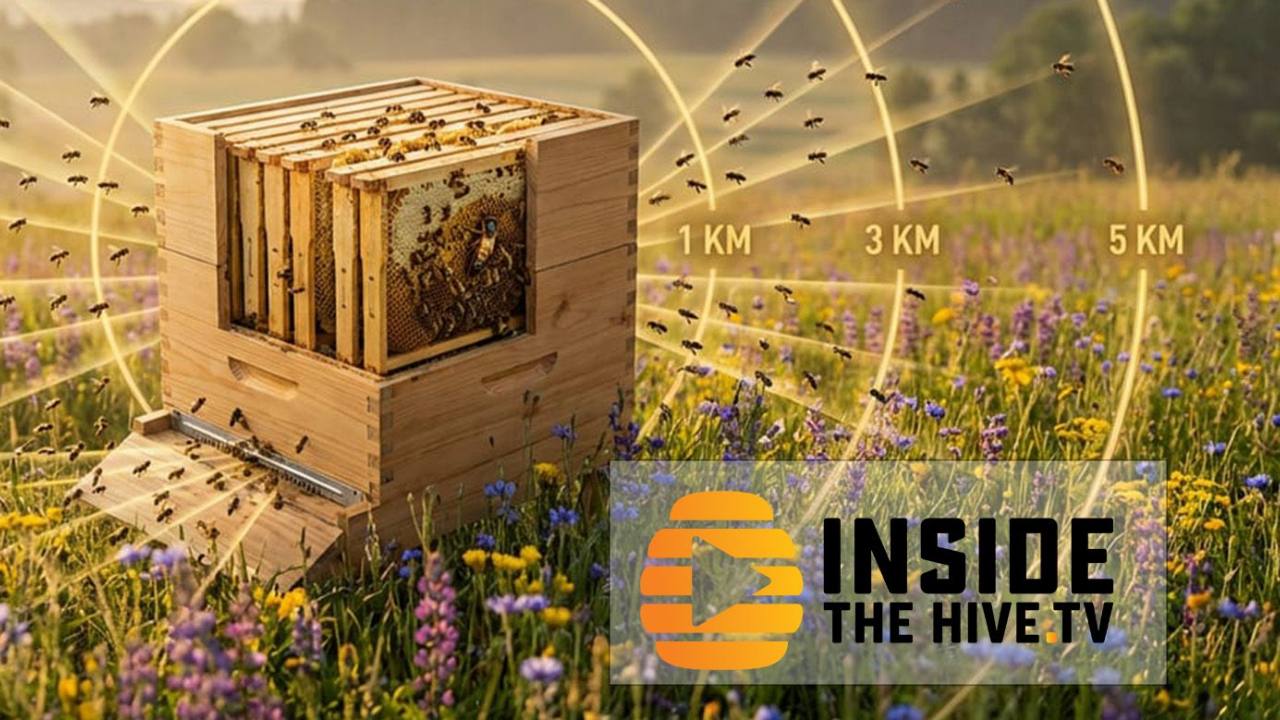What does science say about using non-native probiotics in honey bee health? Part 03

In my quest to share scientific insights about using non-native probiotics for honey bee health and to empower beekeepers to make informed decisions, I presented evidence in my last post (pat 1) and (part 02) showing how certain types of bacteria might bind, absorb, and eliminate toxic chemicals. This suggests these bacteria could help honey bees counteract the harmful effects of pesticides. Today, I will present more evidence from another peer-reviewed scientific article showing that these bacteria might also help honey bees combat an important pathogen called Nosema ceranae.
You can watch the video at the end of this post.
As I mentioned in a previous newsletter about probiotics, honey bee research conducted under field conditions involves numerous variables. These conditions are inherently challenging to control, making them prone to potential false positives and negatives. It is crucial to exercise caution when interpreting results from such trials.
The experiments began with over 150 colonies from the University of Guelph's research apiary, divided into groups of about 15 colonies each for testing different compounds. These compounds included three prebiotics—eugenol, chitosan, and naringenin—and one probiotic: Enterococcus faecium. The compounds were provided to the bees through sugar syrup or protein patties, and their effects were measured over two years.
In the first year, researchers treated the colonies in both spring and fall. The spring treatments showed that the prebiotics eugenol and naringenin, as well as the probiotic Enterococcus faecium, significantly reduced Nosema ceranae spore numbers and increased honey production. However, the effectiveness varied depending on the administration method. For instance, Enterococcus faecium was more effective when provided in protein patties, while naringenin worked best in sugar syrup.
In the second year, the researchers focused on the two most promising treatments: Enterococcus faecium and naringenin. The results showed that colonies treated with either of these had significantly lower Nosema ceranae spore counts and larger adult bee populations compared to untreated colonies. The statistically significant measurements included population size and spore count reduction, indicating that Enterococcus faecium and naringenin can enhance bee resilience to parasites and improve colony vitality under the study conditions.
The article discussed in the video below demonstrates that probiotics and prebiotics reduced Nosema ceranae infections, under specific conditions, during a particular time of year, and at a specific location. Do we know all the details of these conditions? Unfortunately, no.
Can we guarantee the same results in our own beekeeping operations? Likely not.
Dr. Kirk Anderson and Randy Oliver recently published an article revealing that probiotics did not yield beneficial results for honey bees in their experiments. Similarly, their study's conditions are not entirely known. Can we be certain that the same results would apply to our operations? Again, no.
So, can we definitively say that probiotics and prebiotics have no place in beekeeping? I don’t think so.






